Purusharthas are the four core aims of human life in Hindu philosophy. They provide a structured framework for living a balanced and meaningful life. The four Purusharthas are Dharma, Artha, Kama, and Moksha.
Dharma refers to righteous conduct, ethical duties, and living in harmony with universal laws. Artha is the pursuit of material prosperity and security, ensuring stability and well-being. Kama encompasses desires, pleasures, and emotional fulfillment, encouraging enjoyment of life within ethical boundaries. Moksha is spiritual liberation, the ultimate release from the cycle of birth and death, and realization of the true self.
These principles originated in the ancient Vedic texts and are further elaborated in the Upanishads, Mahabharata, and Dharma Shastras. The Purusharthas guide individuals to balance moral responsibility, material needs, personal enjoyment, and spiritual growth, forming the foundation of a purposeful and harmonious life in Hindu tradition.
Dharma: Righteous Living & Duty
Dharma in Hindu philosophy represents the principle of righteous living and the fulfillment of duty. It encompasses ethical conduct, moral responsibilities, and actions aligned with truth and justice. Dharma guides individuals to act with integrity, compassion, and respect for others, maintaining social order and harmony.
This concept is not limited to religious rituals but extends to all aspects of life, including personal behavior, family roles, professional responsibilities, and social obligations. Each person’s dharma is shaped by age, occupation, social position, and circumstances, making it a dynamic and context-sensitive principle.
Dharma is considered foundational among the Purusharthas because it ensures that the pursuit of wealth and pleasure does not compromise ethical standards. By upholding dharma, individuals contribute to the well-being of society and progress toward spiritual realization.
Artha: Wealth & Material Well-being
Artha represents the pursuit of wealth, resources, and material well-being within the framework of Hindu philosophy. It emphasizes the importance of financial stability, professional success, and the acquisition of assets necessary for a secure and dignified life. Artha is not merely about accumulating riches but about ensuring that one’s needs and responsibilities are met, supporting both personal and societal welfare.
This principle encourages individuals to seek prosperity through honest means, aligning economic activities with ethical standards and social responsibilities. Artha supports the fulfillment of other life goals, such as providing for family, contributing to society, and enabling charitable acts. It recognizes that material resources are essential for sustaining life and fulfilling one’s duties, but it must always be balanced with dharma to prevent greed and exploitation.
By integrating artha with moral values, we achieve a healthy attitude toward wealth, viewing it as a tool for growth, service, and the overall advancement of human potential.
Kama: Desires, Love & Pleasure
Kama is the pursuit of desires, love, and pleasure in Hindu philosophy. It encompasses emotional fulfillment, aesthetic enjoyment, and the satisfaction of sensory and intellectual cravings. Kama encourages the appreciation of beauty, art, music, and relationships, recognizing these as essential to a joyful and balanced life.
This principle values intimacy, affection, and the healthy expression of desires, provided they are pursued with self-control and within ethical boundaries. Kama is not limited to physical pleasure but includes all forms of enjoyment that enrich human experience and foster connection with others.
By integrating kama with dharma and artha, Hindu tradition maintains that pleasure should enhance life without causing harm or disrupting moral responsibilities. Kama is seen as a natural and positive force, contributing to personal happiness and overall well-being when approached mindfully and in harmony with the other aims of life.
Moksha: Liberation from the Cycle of Birth
Moksha is the ultimate goal in Hindu philosophy, representing liberation from the cycle of birth, death, and rebirth. It signifies complete freedom from worldly attachments, desires, and the limitations of the physical existence. Achieving moksha means realizing the true nature of the self, which is eternal and beyond the material world.
This state is marked by inner peace, self-realization, and unity with the absolute or Brahman. Moksha is attained through self-discipline, spiritual knowledge, meditation, and ethical living. It is considered the culmination of human life, where the soul transcends individual identity and merges with the universal consciousness, ending all suffering and illusion.
Moksha stands apart from the other aims of life by offering a permanent solution to human restlessness and dissatisfaction. It is the path to ultimate fulfillment, where the soul experiences boundless freedom and unchanging bliss.
The Dynamic Interplay of the Four Purusharthas
The four Purusharthas are designed to function as an integrated framework, not as isolated pursuits. Each aim supports and regulates the others, creating a balanced approach to life.
Earning artha, or wealth, is encouraged through the pursuit of kama, which refers to desires and aspirations. Desires motivate individuals to seek prosperity and success, but these pursuits are not meant to be unchecked or self-indulgent. Instead, kama is to be understood deeply, recognizing its impermanent and sometimes illusory nature. This awareness helps prevent attachment and excess.
The pursuit of both artha and kama must always align with dharma, which acts as the ethical compass. Dharma ensures that desires and material ambitions are fulfilled in a just, responsible, and compassionate manner, upholding social order and personal integrity.
When artha and kama are pursued in accordance with dharma, they become tools for personal growth rather than sources of bondage. This harmonious integration ultimately prepares the individual for moksha, the liberation from the cycle of rebirth. By understanding and transcending the limitations of desire and material attachment, while living ethically and responsibly, one moves toward spiritual freedom and self-realization. The Purusharthas thus guide individuals to live fully in the world while progressing toward the highest spiritual aim.
Relevance of Purusharthas in Modern Life
The Purusharthas remain highly relevant in modern life, offering a holistic framework for personal fulfillment and social harmony. They address the full spectrum of human needs; ethical, material, emotional, and spiritual, guiding individuals to live purposefully amid contemporary challenges.
Dharma provides an ethical foundation, reminding people to act with integrity and responsibility in all areas, from professional conduct to personal relationships. This principle helps counteract the rise of materialism, greed, and social unrest by grounding actions in moral values.
Artha encourages the pursuit of financial security and professional growth, but insists these goals be achieved ethically and in balance with other life aims. It recognizes that material well-being is essential, yet warns against letting wealth become the sole focus.
Kama acknowledges the importance of desires, pleasure, and emotional fulfillment, but urges that these pursuits align with dharma. In a world often driven by instant gratification, kama’s integration with ethical living offers a path to genuine happiness rather than fleeting satisfaction.
Moksha, the pursuit of spiritual liberation, remains a vital goal even in a fast-paced, achievement-oriented society. It invites reflection on deeper purpose and inner peace, helping individuals find meaning beyond material success.
Together, the Purusharthas create a dynamic equilibrium. They encourage balancing personal rights with social duties, integrating tradition with modernity, and harmonizing ambition with compassion. By applying this ancient wisdom, individuals and societies can navigate complexity, foster well-being, and cultivate a sense of meaning and direction in the twenty-first century.
Conclusion: Path to a Fulfilling Life
The path to a fulfilling life lies in harmonizing the four Purusharthas; dharma, artha, kama, and moksha. This integrated approach encourages living with purpose, balancing ethical responsibilities, material pursuits, personal desires, and spiritual growth. By aligning actions with dharma, pursuing artha and kama within ethical boundaries, and aspiring toward moksha, individuals cultivate a life that is both meaningful and balanced. The Purusharthas offer a timeless guide for navigating modern complexities, helping people achieve not just success or pleasure, but lasting contentment and inner peace.


-in-Astrology.jpg)
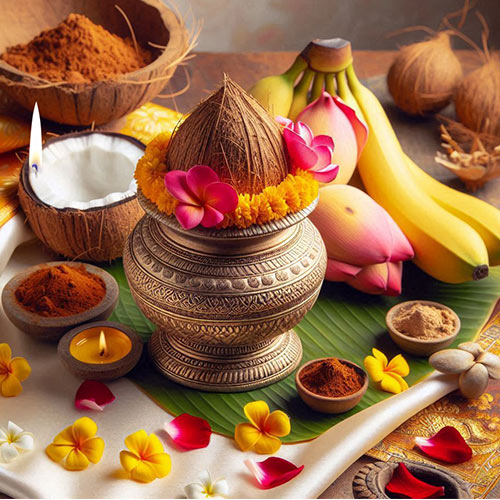
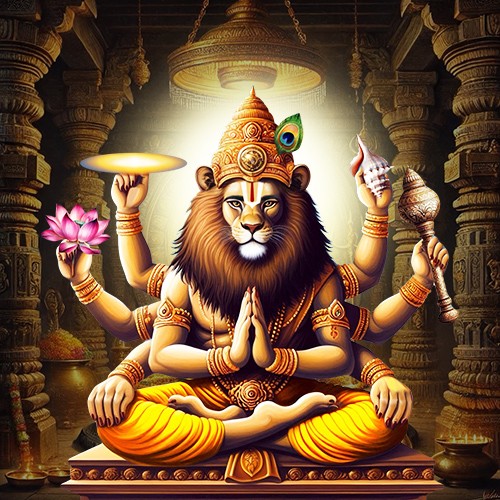
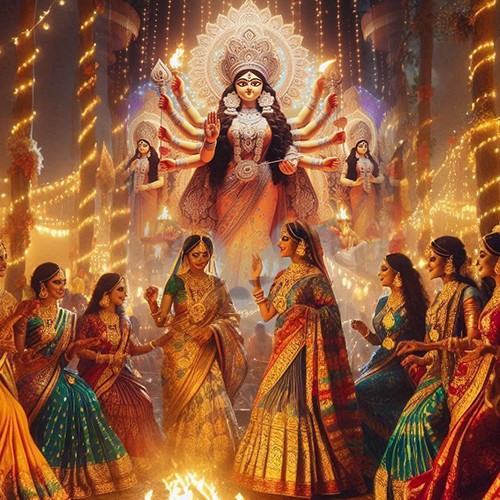
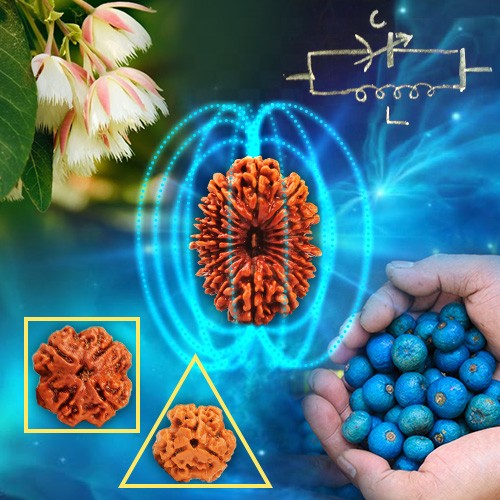

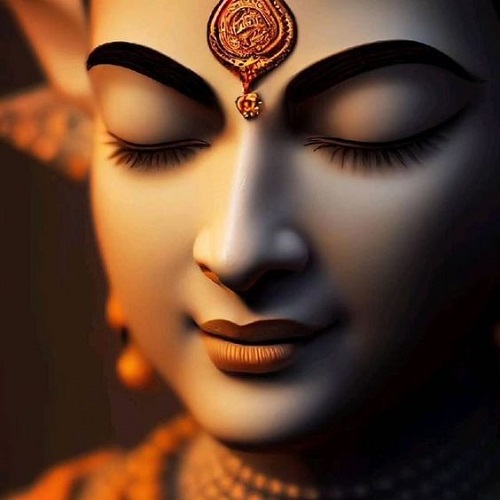
.jpg)
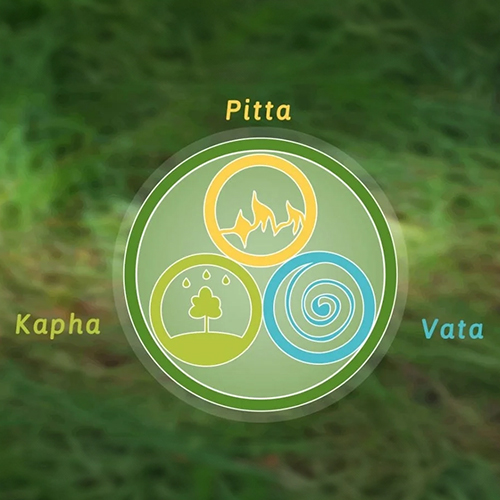

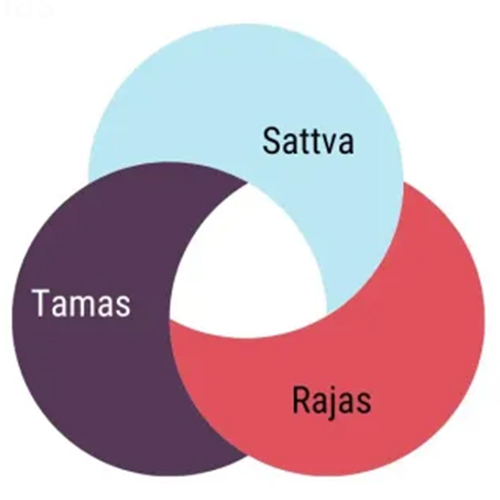
Comments 0
Leave your thought here